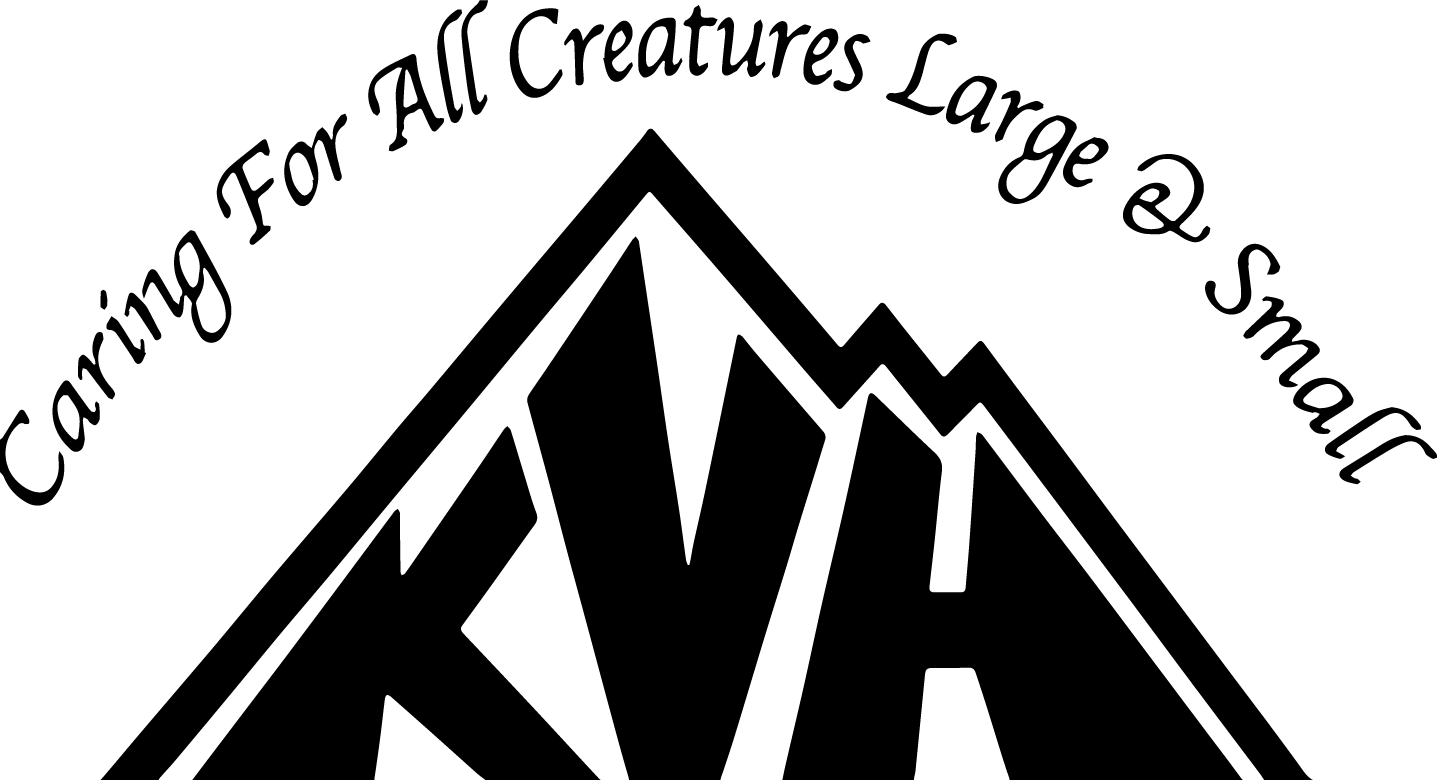By Jake Murphy, DVM
Kidding and Lambing season is almost upon us! That means many precious babies to take care of! Here are a few tips and reminders to consider, ensuring a healthy outcome for everyone!
Late term pregnancy
- This is a very important time for both mother and babies. Around 70% of fetal development occurs in the last trimester of pregnancy!
- Nutrient requirement increases for ewes and does. Make sure your girls have lots of good quality hay and water available at all times.
- Calcium requirements- Babies need the calcium to make their bones, and so it is wise to supplement the mothers with calcium. A 100 lb doe/ewe can have 1 tum tablet daily to supplement calcium.
- Deworming- Does and ewes get very susceptible to worms during this time; it is a great idea to deworm a month before birthing. This also helps the babies be born into area with less harmful worms around!
- Vaccination- Does/ewes should be vaccinated with CDT vaccine one month prior to birthing. This allows protection against harmful diseases to the babies through their colostrum.
Birthing Kits!
- Stock up on useful supplies for when the time comes, here’s what I like to see every owner have at home
- Towels, flashlights, suction bulb, heat lamp (use caution, secure, and keep away from hay/wood!), gloves, dilute iodine/betadine to dip umbilical cords, colostrum replacer in case mom doesn’t have enough milk!
The main event
- Give the ewe/doe a safe area to give birth, straw or shavings work well as a comfortable place for them to lay.
- Follow the 30-30-30 rule. After starting to push, baby should be out in 30 minutes or less, the next baby, if there is one, should be out in 30 minutes or less, and after being born, babies should be trying to suckle and standing within 30 minutes.
- The placenta should pass within 12 hours after birth. If not, the doe/lamb may need antibiotics to prevent infection or other care as needed.
- Call us if you have questions or need assistance!
Babies are out! Now what?
- Wipe away mucous around nose and mouth, if non-responsive, vigorously rub with towel, or insert a small piece of straw into nostril to stimulate breathing.
- Allow mom to sniff and lick babies, this promotes bonding and milk letdown!
- Immediately dip umbilical cords in dilute iodine or chlorhexidine to prevent umbilical infections. Do this 3x per day until the umbilical cord has completely dried up.
- Make sure mom has thick colostrum milk in adequate quantities for babies to drink, if not, a colostrum replacer will need to be fed within 12 hours of birth. After 24 hours, the baby will not be able to absorb the antibodies from the colostrum needed to help protect against harmful bacteria in the first few weeks of life.
- Newborn lambs/kids should receive colostrum equaling to around 10% of its body weight spread over 2 or 3 feeding during the first 12 hours of life. For example, a 10 pound lamb (160 oz.) should receive 16 oz of colostrum over 2 to 3 feedings within the first 12 – 14 hours of life.
- If mom does not allow babies to suckle, you can milk out the colostrum yourself into a bottle and then feed the kids/lambs from a bottle yourself. Before milking or allowing suckling, it’s a great idea to gently clean the udder to remove dirt and fecal material if present.
Kulshan Vet hopes you all have a very successful kidding/lambing season with lots of cute babies to enjoy! If you ever have questions or need any help, please do not hesitate to call us at 360-684-4045. We are here for you!

